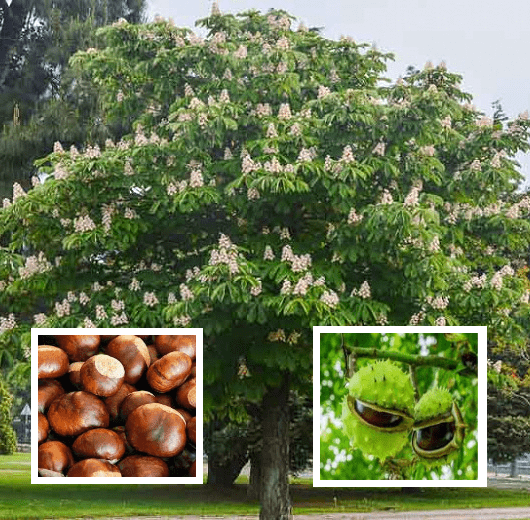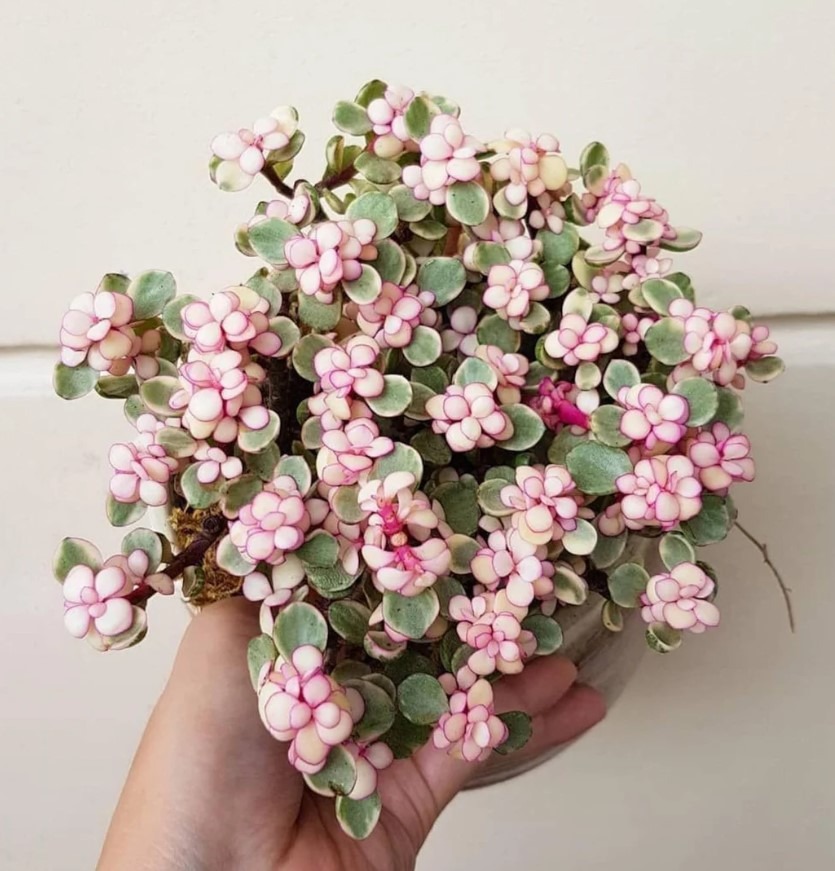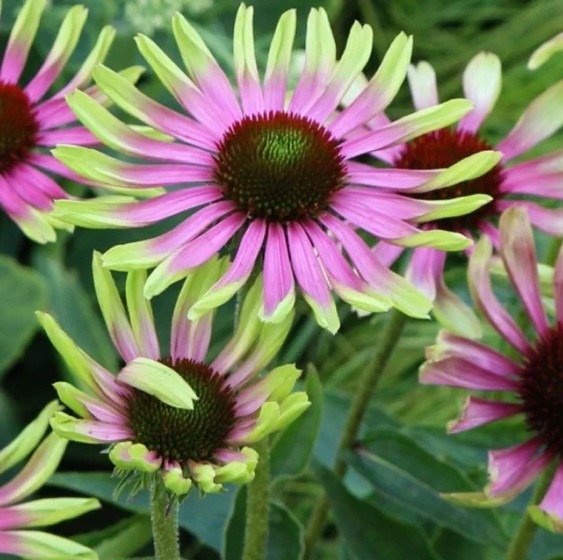Trees with seed pods in North America is common at the right time of year. For gardeners and nature enthusiasts alike, these trees can add beauty and character to a landscape or nature preserve. In this guide, learn about 13 types of trees with pods that are native to North America.
Trees are a fascinating aspect of botany and horticulture. They are unique in the way they propagate and disperse their seeds, and the shape and size of the seed pods can vary greatly depending on the tree species.
Some of the shells you will see are known as tree pods death because they do everything they can to protect the seeds.
13 Trees With Seed Pods
We will explore 13 different trees with seed pods and examine the characteristics of each tree, including the shape and size of the seed pod, and ways to identify the tree by its seed pod.
1. Horse Chestnut (Aesculus hippocastanum)
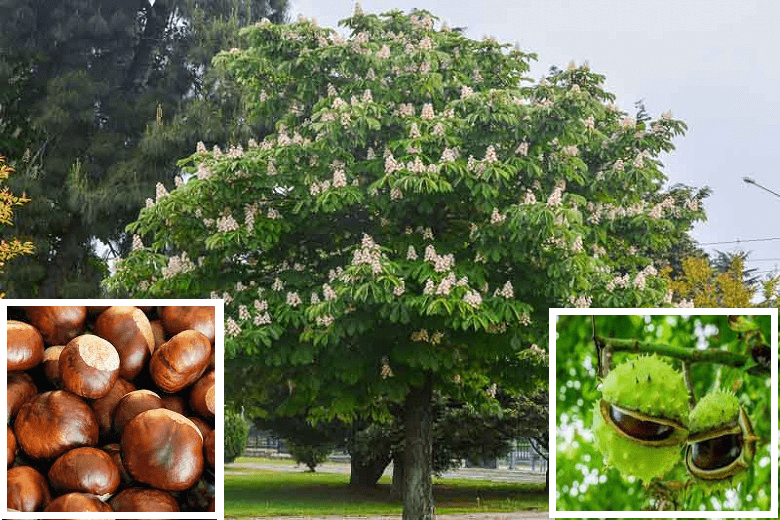
The horse chestnut tree is a large deciduous tree that is native to the Balkans and western Asia. Trees start with green seed pods. The horse chestnut tree are large and look like tree pods death of spiky thorns, and they are typically about 2-3 inches long. The seed pod is green when it first appears, but it turns brown as it matures.
To identify a horse chestnut tree by its seed pod, look for the spiky exterior and the large size of the pod.
2. Golden Rain Tree (Koelreuteria paniculata)
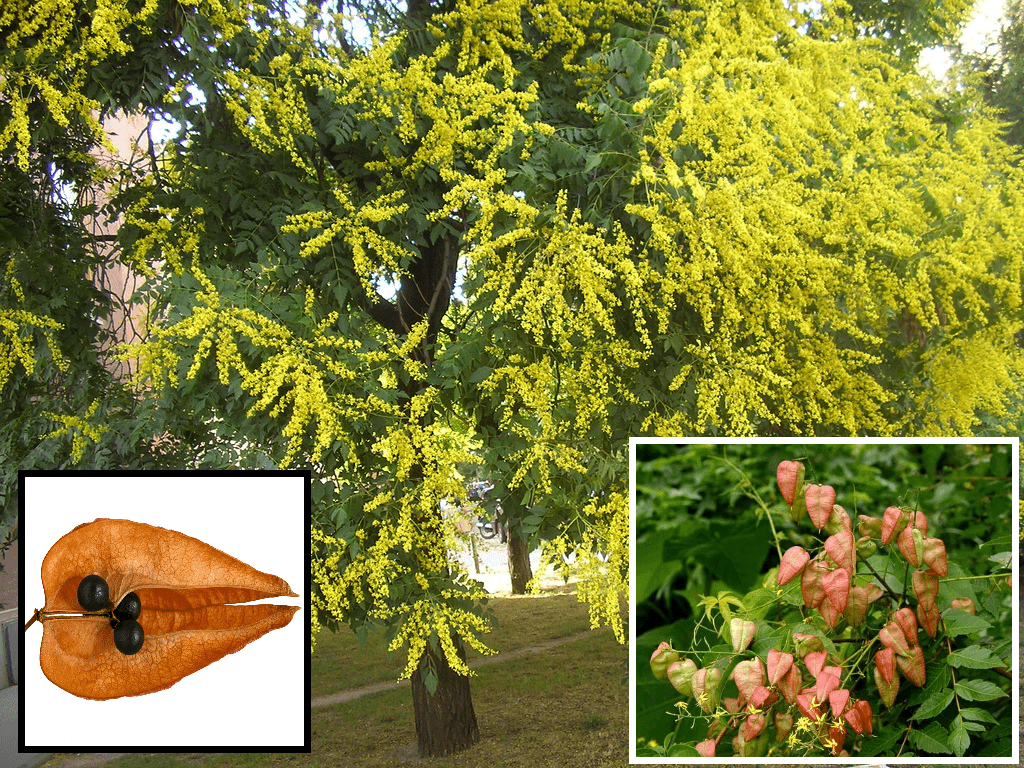
The golden rain tree is a medium-sized deciduous tree that is native to China and Korea. The seed pods of the golden rain tree are small and thin, and they are typically about 2-3 inches long. The seed pod is green when it first appears, but it turns brown as it matures.
To identify a golden rain tree by its seed pod, look for the thin, elongated shape of the pod.
3. Black Locust Trees with Seed Pods(Robinia pseudoacacia)
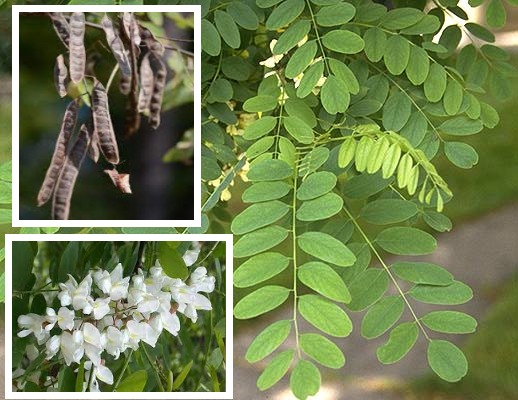
The black locust (Robinia pseudoacacia) is a deciduous flowering tree with flat, straight-fringed seed pods. Growing up to 80 feet tall, it is native to the woodlands of Appalachia and the southeastern United States. Black locust typically blooms in late spring, producing fragrant white flowers that are followed by round seedpods in late summer and early fall.
The black locust tree is a large deciduous tree that is native to the southeastern United States. The seed pods of the black locust tree are long and thin, and they are typically about 4-6 inches long. The seed pod is green when it first appears, but it turns brown as it matures.
To identify a black locust tree by its seed pod, look for the long, thin shape of the pod and the characteristic thorns on the branches.
4. Honeylocust Trees with Seed Pods (Gleditsia triacanthos)
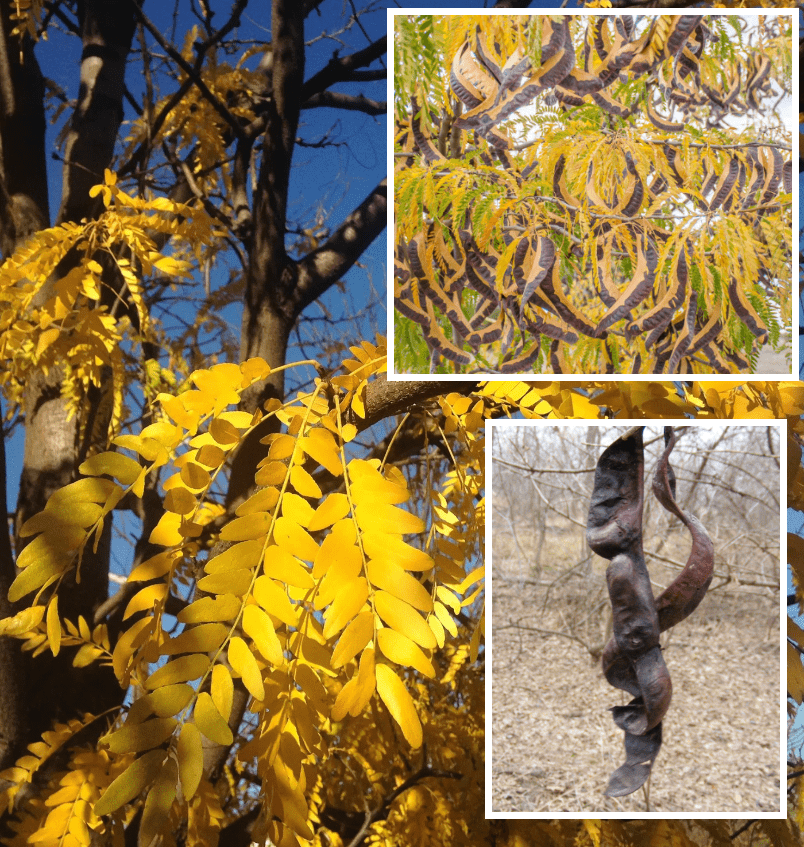
The honey locust (Gleditsia triacanthos) is a hardy deciduous tree native to the United States, Mexico, and Canada. It is a member of the pea family and is typically found in woodlands, wetlands, and hedgerows. From late spring through mid-fall it produces long, narrow greenish-yellow seed pods that contain honey-flavored edible pulp.
The honeylocust tree is a large deciduous tree that is native to the central and eastern United States. The seed of the tree is long and thin, and they are typically about 4-6 inches long. The seed pod is green when it first appears, but it turns brown as it matures.
To identify a honeylocust tree, look for the long, thin shape of the shell and the characteristic thorns on the branches.
5. Redbud (Cercis canadensis)
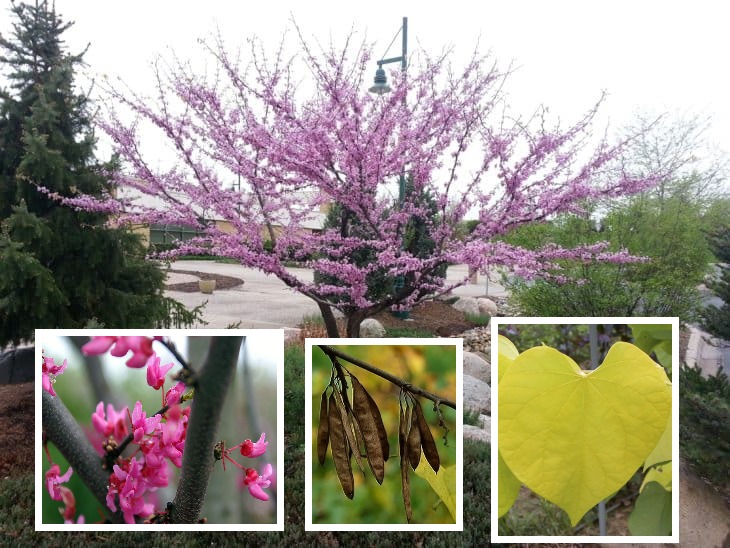
The redbud (Cercis canadensis), also known as the eastern redbud, is a small deciduous tree native to temperate North America, from parts of Canada south to Mexico. It blooms in early spring, displaying an abundance of pink and purple flowers before setting thick, massive seedpods which usually contain several large seeds. These seedpods persist into late summer or fall and turn a dark chestnut-brown when mature.
The redbud tree is a small deciduous tree that is native to the southeastern United States. The casings of the redbud tree are small and round, and they are typically about 1-2 inches long. The seed pod is green when it first appears, but it turns brown as it matures. To identify a redbud tree by its shell, look for the small, round shape of the pod and the characteristic pink or purple flowers that appear before the leaves.
6. Dogwood (Cornus spp.)
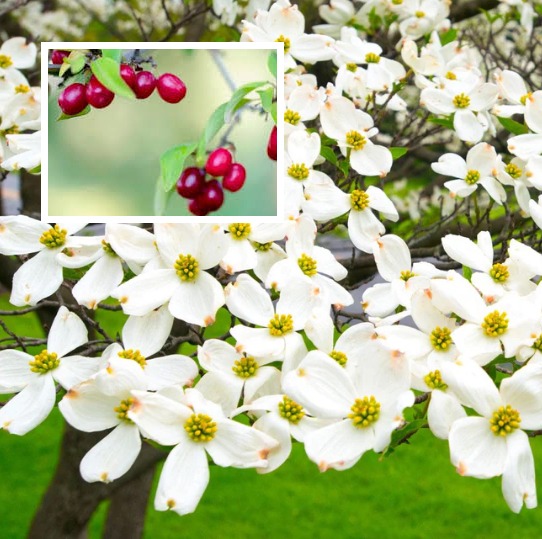
Dogwood trees are a group of small deciduous trees that are native to the eastern United States. The pods of the dogwood tree are small and round, and they are typically about 1-2 inches long. The seed pod is green when it first appears, but it turns brown as it matures.
To identify a dogwood tree by its pod, look for the small, round shape of the case and the characteristic white or pink flowers that appear before the leaves.
7. Kentucky Coffeetree (Gymnocladus dioicus)
Trees with Seed Pods (Large)
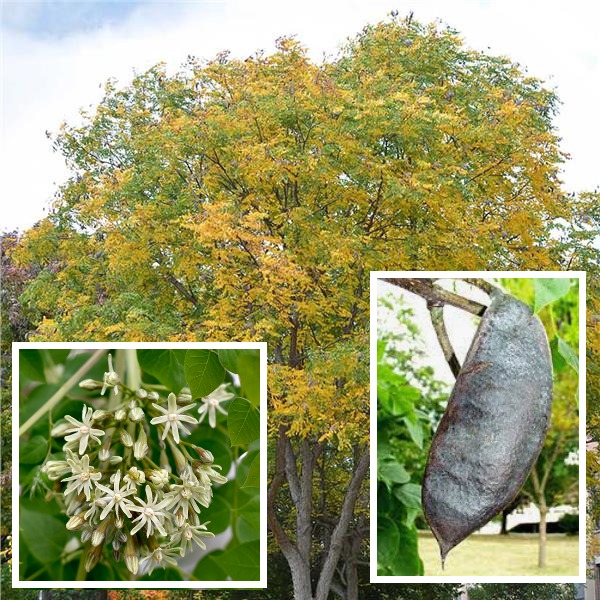
Kentucky Coffeetree is a deciduous tree that is native to the central and eastern United States. Its seed pods are large, round, and woody, measuring up to 12 inches in length. They are typically green when they first appear, but turn brown as they mature.
To identify a Kentucky Coffeetree by its seed pod, look for the large, round shape and the distinctive brown color.
8. Sweet Gum (Liquidambar styraciflua)
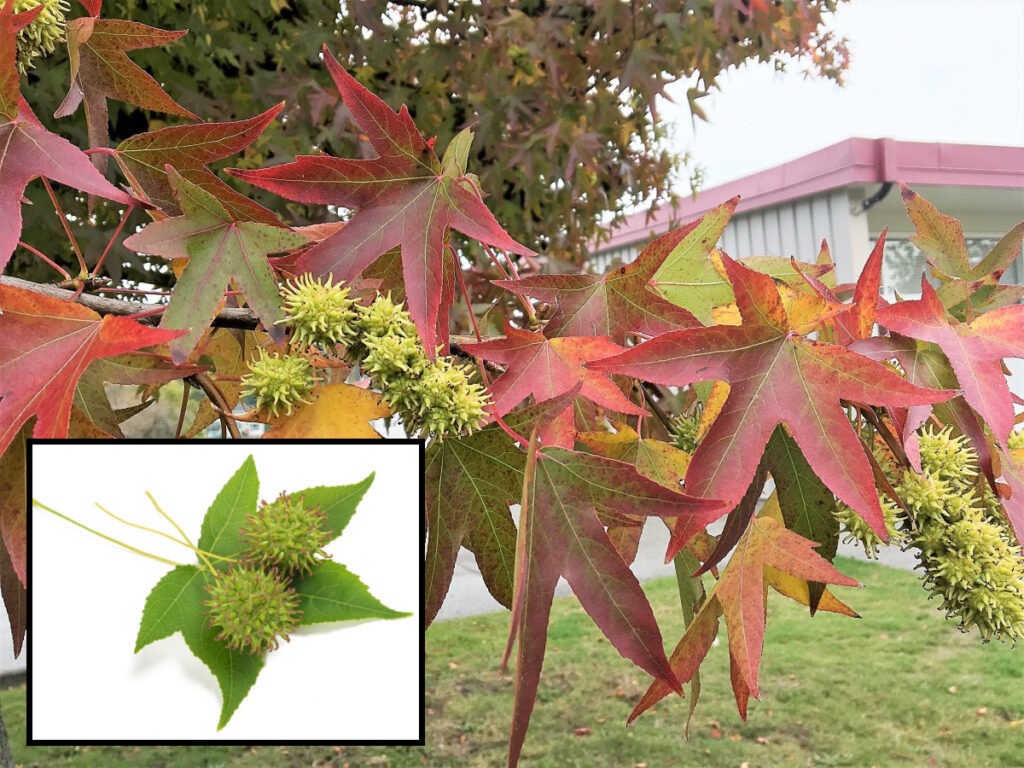
Sweetgum (Liquidambar styraciflua) is a large deciduous tree native to the southeastern U.S. and parts of Mexico. Its mature size varies from 75 to 150 feet tall, depending on growing location and conditions. It produces small green flowers in June that give way to flat-topped, sticky seedpods up to 1 inch long with five points at one end resembling stars. The seedpods dry and turn dark brown or black by late summer or early fall.
Sweet Gum is a deciduous tree that is native to the eastern United States. Its seed pods are spiky, round, and woody, measuring up to 1 inch in length. They are typically green when they first appear, but turn brown as they mature. To identify a Sweet Gum tree by its pod, look for the spiky, round shape and the distinctive brown color.
When stepped on they are known as the tree pods death spikes due to their lengthy sharp and pointy thorns of protection.
9. Buckeye (Aesculus spp.)
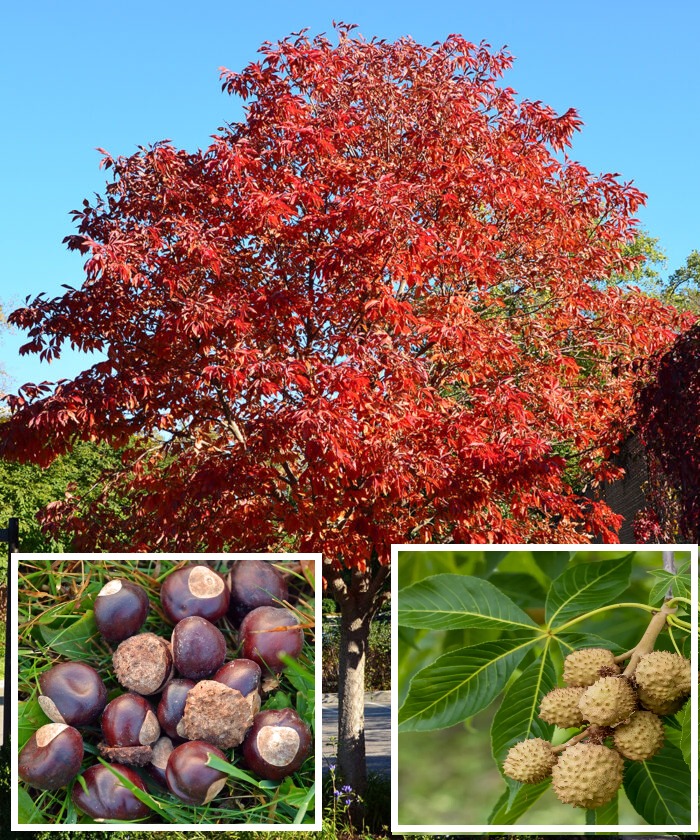
Buckeye is a deciduous tree that is native to the eastern United States. Its seed pods are large, round, and woody, measuring up to 4 inches in length. They are typically green when they first appear, but turn brown as they mature.
To identify a Buckeye tree by its seed pod, look for the large, round shape and the distinctive brown color.
10. Sassafras (Sassafras albidum)
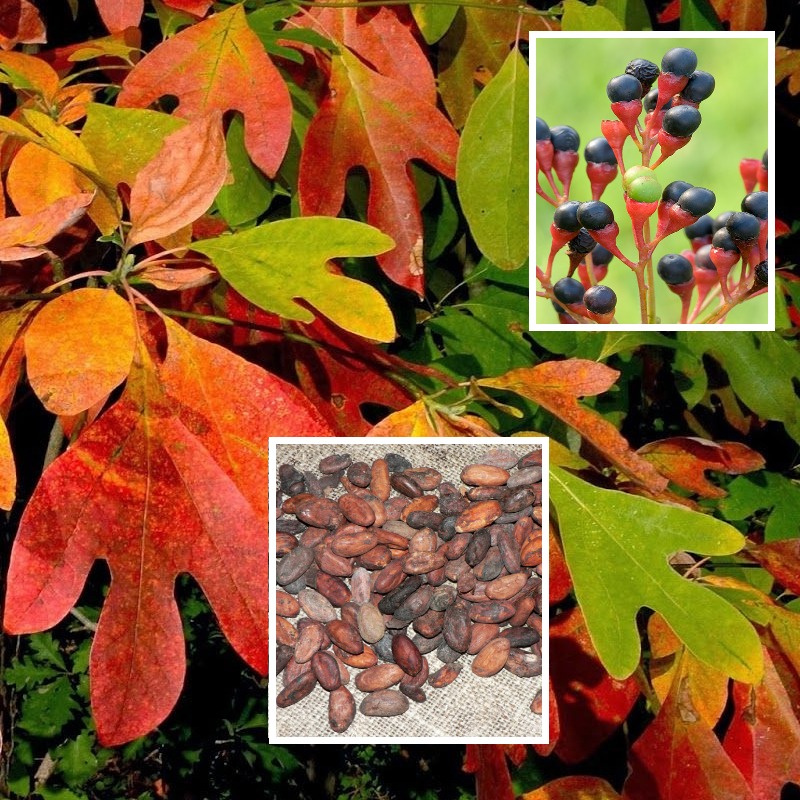
The sassafras tree has small, flattened seed pods that are about 1-2 inches long and 1/2 inch wide. They are green when young, but turn orange or red as they mature.
Sassafras trees have pods that are narrow and elongated, typically measuring about 2-4 inches long. They have a smooth, glossy appearance and are typically a green-brown color when mature. The pods contain small, round seeds that are dark brown or black in color.
11. Black Walnut (Juglans nigra)
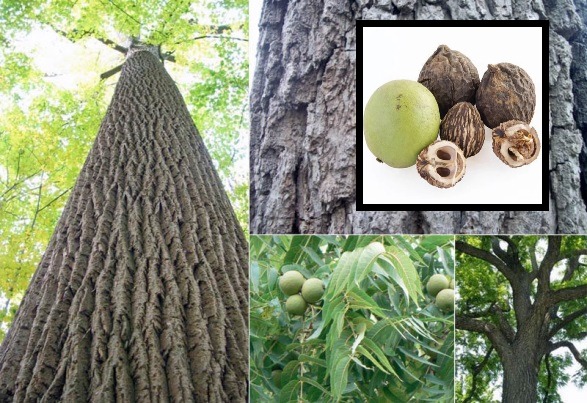
The Black Walnut tree is a large deciduous tree that can grow up to 100 feet tall. It has a straight trunk and a wide-spreading canopy. The tree produces large, greenish-yellow flower clusters in the spring, followed by large, round seed pods that are about 2-3 inches in diameter. The seed pods are green when immature, but turn brown as they mature. They contain a large, edible nut inside a thick, hard shell. The nuts are typically harvested in the fall, after the seed pods have fallen from the tree.
To identify the Black Walnut tree by its seed pod, look for a tree with large, round seed pods that are green when immature and brown when mature.
12. Red Maple (Acer rubrum)
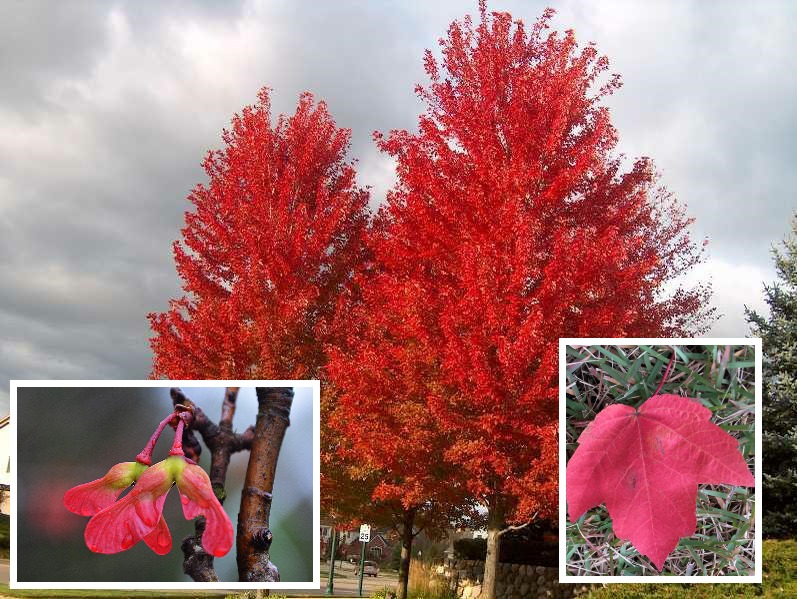
The Red Maple is a large deciduous tree that can grow up to 100 feet tall. It has a straight trunk and a rounded canopy. The tree produces small, red flowers in the spring, followed by small, winged seed that are about 1-2 inches long. The seed pods are green when immature, but turn brown as they mature. They contain a single seed inside. The seeds are typically dispersed in the fall, after the pods have fallen from the tree.
To identify the Red Maple tree by its seed pod, look for a tree with small, winged seed pods that are green when immature and brown when mature.
13. Mahogany Seed Pod Tree
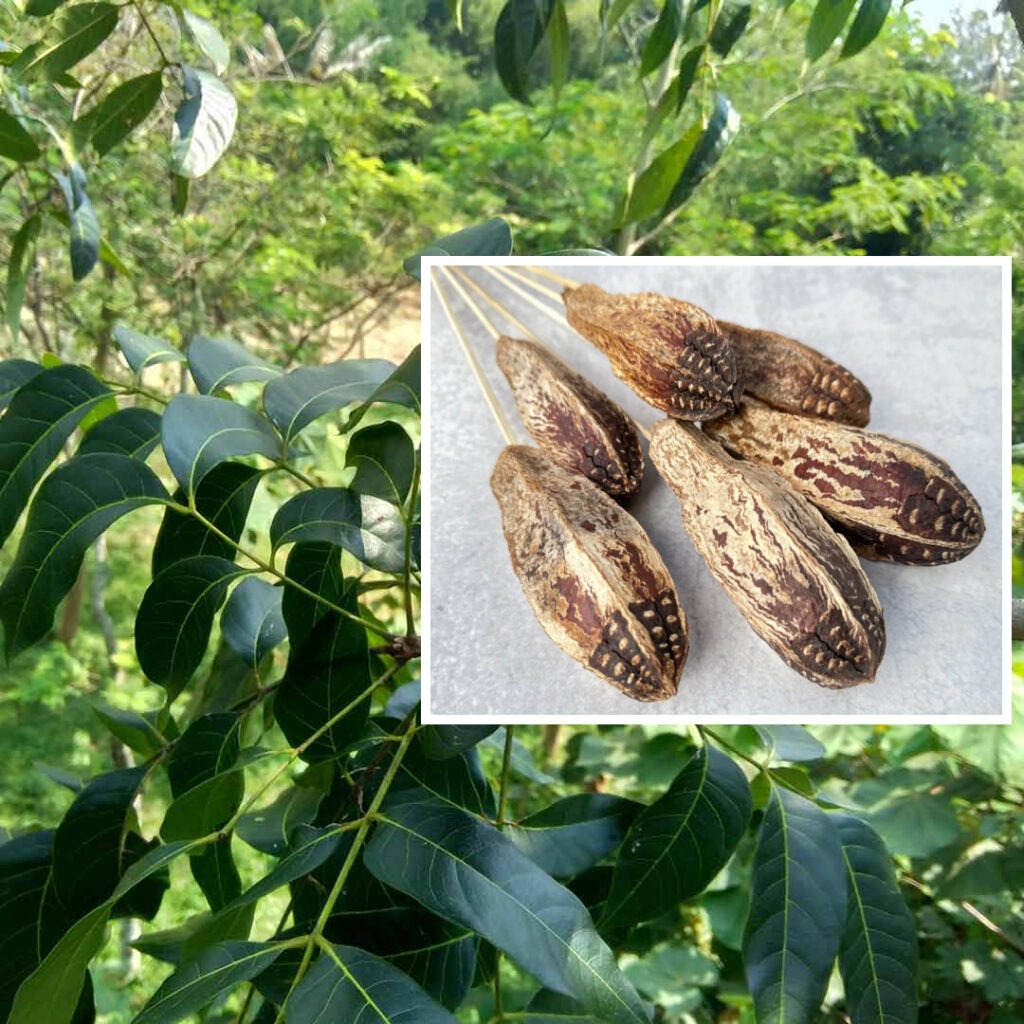
The Mahogany seeds grow in woody brown capsules that can grow to 7 inches (18 cm.) long. Look on and under the trees in your neighborhood in January through March. Once you have collected a few seed pods, dry them for a few days on newspapers. When they crack open, shake out the little brown seeds from inside.


